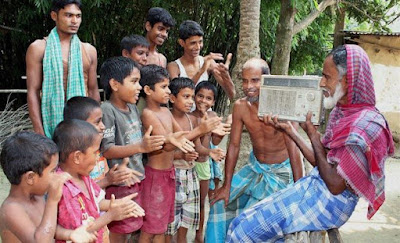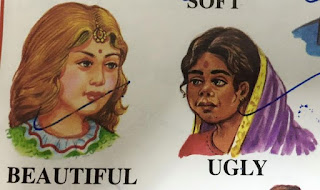Communication Design - 1
Why is designing our communication so important? Let me give you some examples... Last week, I got an SMS saying that some money had been credited to my account. Well, if someone is kind enough to give me money without asking me, they are welcome. But I was curious to know who this kind soul was. So I called up customer care, input the data for the IVR menu and ultimately reached an executive. In a rasping voice he asked in Hindi, "Namaskar, mai xxx, aapki kya sahayata kar sakta hoon"? This, despite having requested for English as the language of choice. When I decided to speak in English, I was replied again in Hindi. When I persisted by asking my next question in English, I got replies in broken not so fluent English. I then started speaking in Hindi and my queries got solved within no time. The point is, I had to design my communication to suit the situation. Had I persisted to speak in English, it would have taken probably twice the time I had to spend. I h









